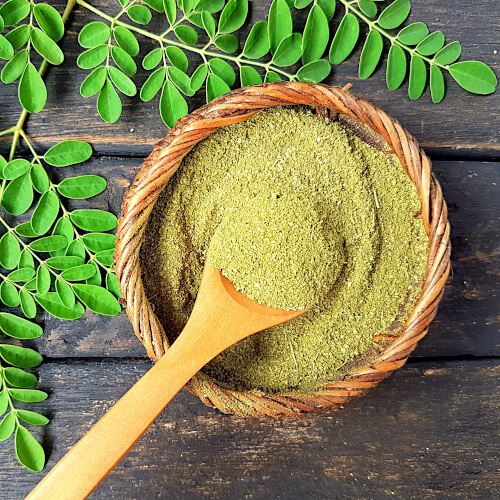Hello! Thank you for creating this community. I hope these sort of text discussion posts are okay.
I’d like to know - how do people here practice permaculture? What sort of habits have you created? What sources do you learn from?
I’m a suburb-bound person who is constantly trying to bring more permaculture practices into my life, and spaces that show me what others are doing really help.
I also have a small patch to work with and it is so rewarding. I started reading about permaculture because I hated the idea of added npk fertilizers to make plants grow. It felt so unintuitive and daunting to me.
The moment I read about dynamic accumulation, soil life cycles and guilds it was like a bomb went off in my head. I was so excited I had to read everything I could. I love the idea of a mostly closed cycle and reusing as much of what the garden and my kitchen waste could provide.
Same with me! Project Gutenberg has so many gardening e-books about closed cycle farming, they just called it something else in the 1860s🤯
That is extremely interesting! Do you have a few examples of what to look for?
“Ten Acres Enough” by Edmund Morris is excellent for how to select and develop a small amount of land for a commercial orchard as well as a homestead. It was written in the 1860s, I keep coming back to it for advice on homesteading, setting up outbuildings and long-term, closed-cycle farming. Chickens, dairy, orchard, cash crops- he covers it. It’s also an enjoyable read in and of itself. “Compost Everything: The Good Guide to Extreme Composting” by David the Good, that’s his nom de plume, available to buy, worth the money. Another Gutenberg treasure: “Dry-Farming, a System of Agriculture for Countries a Low Rainfall” by John Andreas Widtsoe. This is a must-have from 1910, even if you don’t happen to live in a area with low rainfall. I had no idea how a rainfall or flooding creek causes erosion and why some soils wash away and others don’t. He explains in plain English how to fortify your soil against excessive erosion, no matter what type of soil you have. Enjoyable read and will change the way you look at the soil outside your window, wherever you live. “Crops and Methods for Soil Improvement” by Alva Agee, more technical, but easy to understand for the layman.
“Farmers of Forty Centuries; Or, Permanent Agriculture in China, Korea and Japan” by F.H. King. This is the Bible of closed-cycle farming to feed millions of people on tiny patches of land without exhausting the soil and water resources. F.H. King traveled on foot and by horse-drawn vehicle through these countries for decades, he listened to the lessons offered by peasant sharecroppers, fish farmers, poultry raisers and orchardists through translators. It’s also a really fascinating travelogue. I keep coming back to this one whenever I get discouraged with a project, i.e., fruit trees that don’t seem like the pH of my two acres of old pasture. Those farmers had much less and never gave up.
This is a treasure box - thank you so much for your time and thoughtful comments!
You’re welcome. Happy reading!
I also live in the suburbs. I have a very small garden where I initially took the stone coverage away, added some compost to mostly sand, and then planted out a number of species from a local permahero. Now it mostly lives by itself, with a lot of cool insects in it. I also have a small raised bed where I put some wood, charcoal and compost, and now plant stuff with varying success. But the birds love the living soil. Am dreaming of buying more land one day.
I haven’t checked it out yet, but you might be interested in Tody Hemenway’s “Permaculture City” https://tobyhemenway.com/book/the-permaculture-city/
oo neat, I will have to see if I can get this onto my kindle!
I thought I would respond with my own - I’ve been trying to design some low energy indoor gardens from recycled materials. I think that’s permaculture?
Of course I make it sound much fancier than it is. I just keep old containers, fill them with water, and then stick old aerogarden seed planters in the top and grow them hydroponically. I’ve had some luck growing jalapeno peppers and just recently tried cherry tomatoes. I got a few tiny ones :)
I think I’d maybe like to scale up to a hydroponic tower type setup, I’m not sure. Looking for ideas.
We do the same with old containers.
We also have our own compost. Started from some fishing worms and kitchen scraps. Black gold has helped out with pots and gardening.
I’ve definitely tried to compost and failed. I think I tried to go too big and I think maybe I didn’t account enough for the dry air in the sonoran desert. Whats your compost process like? Does it take much watering?
I do have a local worm farm that lets me pick up compost for super cheap, which is nice - but I’d still like to make better use of my kitchen scraps.
I made that mistake a couple of times. I know most guides say that worms can eat a lot, but I found another that stated worms can go without fresh food for a week. So what I do is have a huge bucket and just put in a very small amount of everything and a tiny bit of dirt. Then once a week, I’ll give them food scraps cut up, some leaves, and turn the pile with a spoon. I put a water bottle in with them to help with the temperature. I live in a desert as well so I water them once every three days ish but on one side, that way, if they feel like they have too much water, they can migrate.
One thing I did notice is once the pile got established, the pile itself got easier to self regulate. It seems the best way to get a compost pile started is to literally get some from someone else and start there. I wish more people around me would do composting so we could share.
I neglected my worms when I had my third child and was so sure they had died. 18 months later my worm tower was full to bursting with alive worms ready to be fed. It amazed me. 18 months without food and they continued their lifecycle without any inputs from me. It was a very happy day for me.
I’ve been stealthily replacing the ornamental plants in my gated community here with edible plants of similar size so noone notices. Pineapple tops, pomegranate bushes, strawberry groundcovering, papaya stalks, bananas, baby orange and mandarin trees, etc. Moringa is great too, but I know the drumsticks on those things will litter the property, so I had to plant those just outside the property so nobody gets ticked off at the mess.





